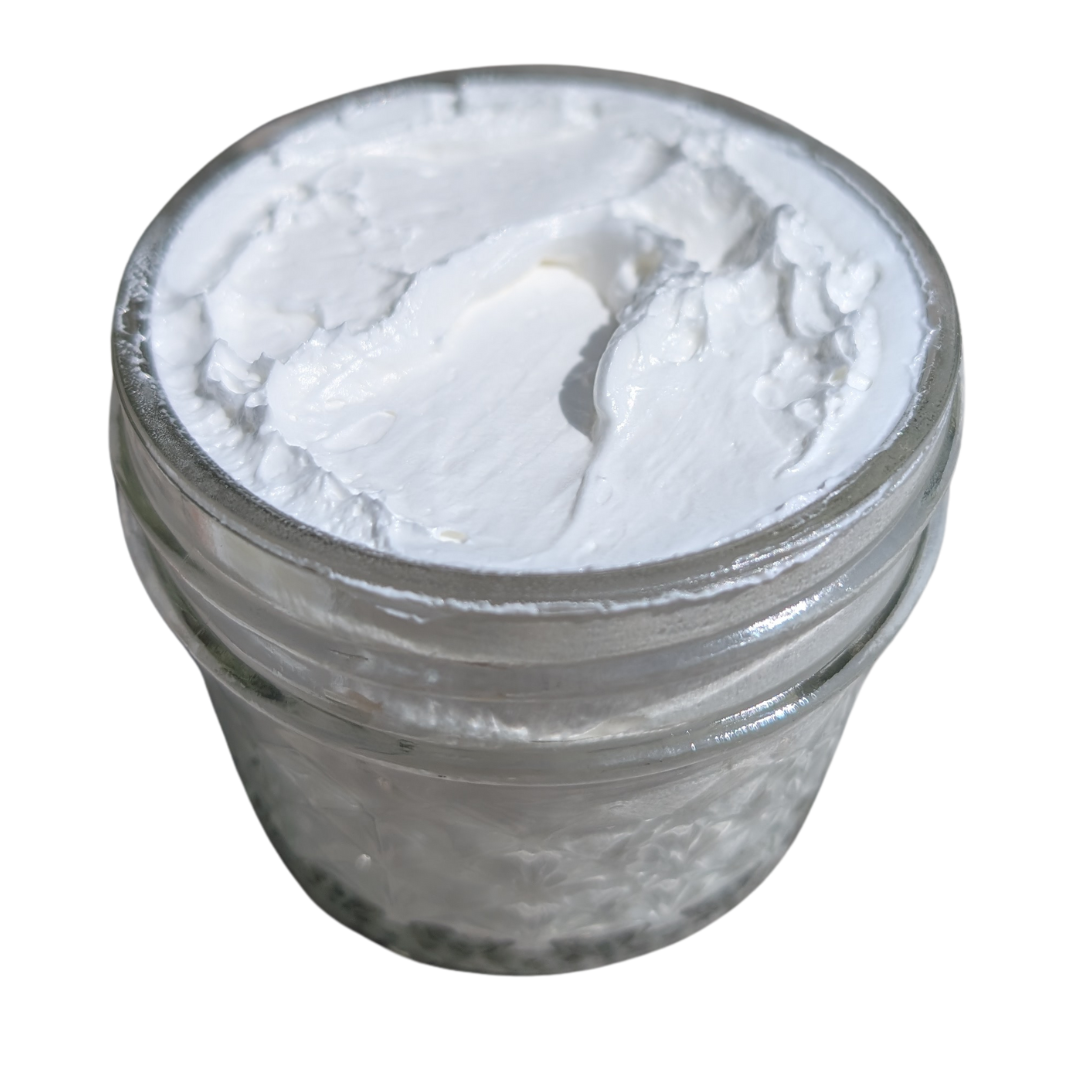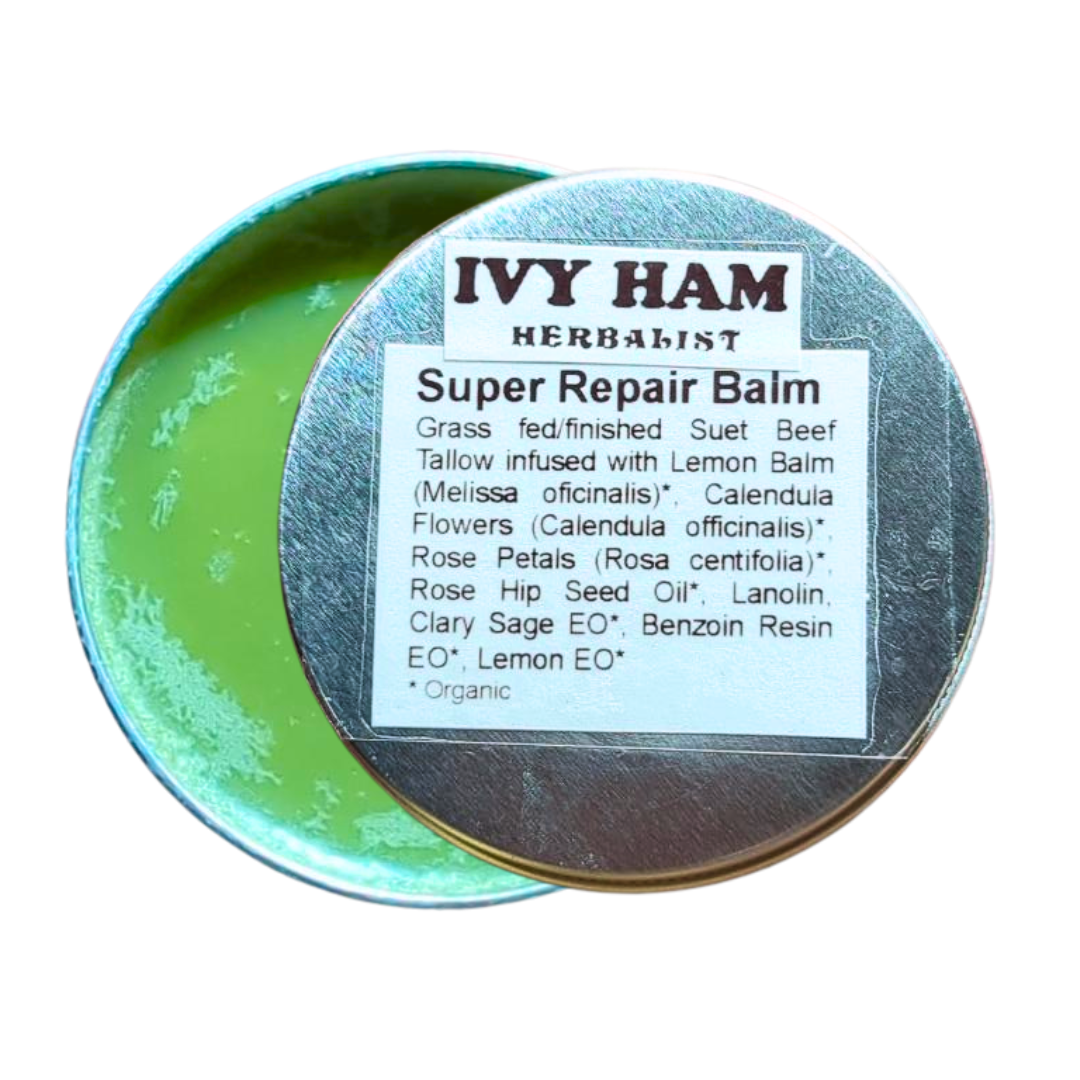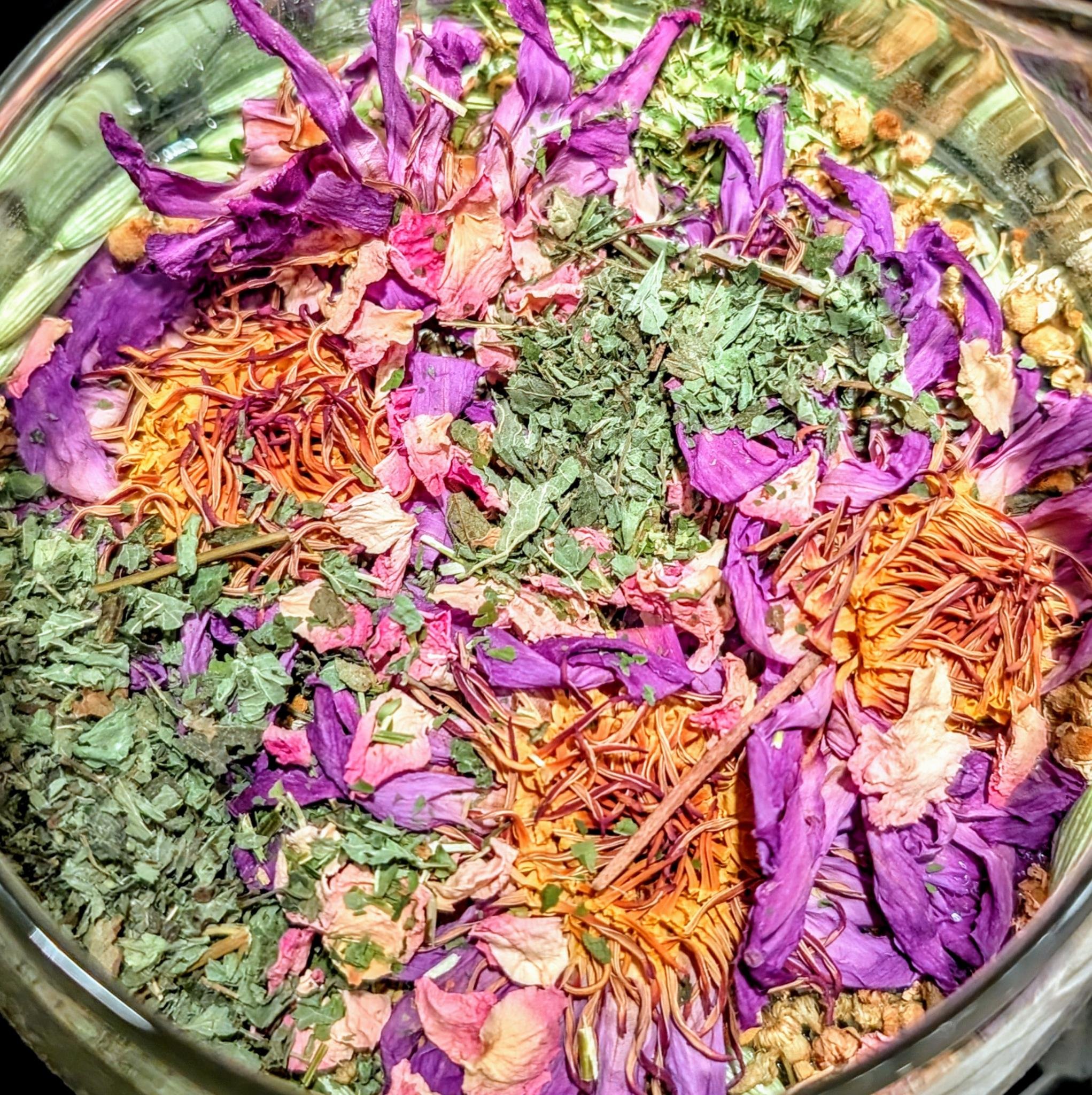Independent Lab Finds Unsafe Levels of Lead and Cadmium in Boxed Mac & Cheese Brands
Macaroni and cheese was once one of my primary comfort/safe foods and I ate it multiple times per week throughout my childhood and even occasionally as an easy weeknight meal as an adult. I was shocked to find out recently that many brands—even the “healthy” ones—are contaminated not only with heavy metals, but also glyphosate and Phthalates, all of which are linked to cancer and chronic disease. We’ll just be covering the heavy metals today, but I plan to have more articles coming soon about Glyphosate and Phthalates.
It’s worth noting that there is actually no “safe level” of any of these heavy metals and chemicals. Government regulations permit a certain amount of these harmful additives to be present in foods, but really any amount is harmful since the body is not able to detoxify them easily.
What’s the Big Deal?
Heavy metals are all around us, and the government says it’s fine to have some here and there, so what’s the big deal? Well, like I mentioned before, heavy metals are very difficult to remove and will accumulate throughout your whole life.
Conditions that are Caused by Heavy Metal Toxicity (source: NIH):
Neurological and Cognitive Disorders
Cognitive impairment, memory loss, and learning disabilities (especially in children)
Mood changes, including depression and anxiety
Tremors, motor dysfunction, and peripheral neuropathy
Cardiovascular and Metabolic Issues
Hypertension and increased risk of heart disease and stroke
Atherosclerosis and diabetes
Insulin resistance
Kidney and Liver Damage
Chronic kidney disease, renal tubular dysfunction, and proteinuria
Liver dysfunction, hepatotoxicity, and elevated liver enzymes
Respiratory and Pulmonary Problems
Difficulty breathing, chronic bronchitis, and pulmonary edema
Gastrointestinal and Digestive Disorders
Abdominal pain, nausea, vomiting, and gastroenteritis
Bone, Skeletal, and Musculoskeletal Disorders
Osteoporosis, bone fractures, and decreased bone mineral density
Itai-Itai disease (pain and bone damage caused by cadmium exposure)
Immune and Endocrine System Impairments
Immune suppression, increased infection susceptibility, and autoimmune disorders
Endocrine disruption, including thyroid dysfunction and hormonal imbalances
Reproductive and Developmental Health Issues
Infertility, reduced sperm count, and hormonal imbalances
Birth defects and developmental problems in children
Dermatological and Skin Conditions
Dermatitis, rashes, discoloration, and hyperpigmentation
Ulcers and other skin lesions
Cancer Risk
Increased risk of lung, skin, and bladder cancers
Hematological Issues (Blood)
Anemia and impaired hemoglobin synthesis
Lab Tests
Annies Macaroni & Classic Cheddar
The lab test for Annie's Macaroni & Classic Cheddar (made with organic pasta) revealed a cadmium level of 28 µg/kg, which is above the proposed safety thresholds outlined in the Baby Food Safety Act of 2021. Although cadmium was the only detectable heavy metal in this sample, it poses a health risk due to its classification as a carcinogen. The report notes that while the dry product was tested, adding ingredients like milk and butter (if free of cadmium) might slightly reduce the cadmium levels in the final prepared product. The findings raise concerns about the prevalence of heavy metals in food products, especially those marketed to families and children.
Source: Lead Safe Mama
Kraft Mac & Chese - Original Flavor
The lab test for Kraft Mac & Cheese Original Flavor found a cadmium level of 7.32 µg/kg, exceeding proposed safety thresholds based on the Baby Food Safety Act of 2021. Although other heavy metals, including lead and mercury, were not detected, the cadmium level in this product is concerning due to cadmium's carcinogenic properties and potential for bioaccumulation. The testing highlights that toxicant exposure, even in small amounts, can have cumulative effects over time, particularly in children.
Source: Lead Safe Mama
Goodles Shella Good Aged White Cheddar and Shells
The lab test results for Goodles Shella Good Aged White Cheddar and Shells indicate that the product contains 29 µg/kg of cadmium and 5 µg/kg of lead, levels which are above the proposed safety limits outlined in the Baby Food Safety Act of 2021. Cadmium is recognized as a carcinogen, and lead is a known neurotoxin that bioaccumulates in the body, mimicking calcium and potentially causing lasting damage to bones, brain, and other organs. Given these findings, the product is considered unsafe for children, as even minimal exposure to these toxicants can have cumulative health effects over time.
Source: Lead Safe Mama
About Lead Safe Mama
Lead Safe Mama, LLC, founded by advocate Tamara Rubin, has consistently highlighted issues of heavy metal contamination in consumer goods. Their testing of U.S.-produced wheat products shows a troubling trend of cadmium and other heavy metal contamination, raising broader concerns about public health. The organization’s mission focuses on childhood lead poisoning prevention and consumer safety, with efforts that have led to several product recalls. They emphasize that even small amounts of exposure can be harmful over time due to bioaccumulation in the body.
Foods & Herbs that Help Detoxify Heavy Metals
After reading this, you may be wondering, “now what?” There are ways to safely and naturally detox the heavy metals you or your children have been eating. Aside from steering clear of the boxed mac and cheese, and making your own at home using safe ingredients, adding these foods and herbs into your family’s diet can help reduce the amount of heavy metals.
Garlic
Detoxifying the body from heavy metals such as cadmium and lead can be supported through a range of natural foods and herbs known to help bind, mobilize, and eliminate these toxins. Garlic, for example, is rich in sulfur compounds that enhance liver function and help with the excretion of heavy metals like lead. Incorporating garlic into meals regularly—whether raw or cooked—can provide ongoing detox support.
If you don’t do well with garlic, or are not a fan of the smell, you could try odorless garlic capsules (affiliate link).
Cilantro + Chlorella
Cilantro is another excellent option, often paired with chlorella to maximize its effects. Known for its ability to chelate heavy metals, cilantro helps bind and remove them from the body. Adding fresh cilantro to smoothies, salads, and other dishes can be a tasty and effective way to promote detoxification. Chlorella itself is a green algae rich in chlorophyll, which binds to heavy metals and facilitates their removal. It’s commonly taken as a supplement alongside cilantro for a synergistic detox effect.
In my studies as an herbalist, I was taught that the cilantro knocks the metals loose, then the chlorella binds to them and helps them be excreted.
Spirulina
Spirulina, another nutrient-dense algae, supports liver health and aids in mobilizing heavy metals for excretion. This versatile ingredient can easily be added to smoothies or taken in supplement form (affiliate link).
Turmeric
Turmeric, known for its anti-inflammatory properties, also promotes liver function and protects against heavy metal toxicity. Your liver is responsible for filtering out toxins, so supporting its function can be really helpful for detoxing heavy metals. Incorporating turmeric into your diet, especially with black pepper to enhance absorption, can be particularly beneficial.
Hydration + Fiber
Staying hydrated is crucial during detox, and lemon water can assist the kidneys in flushing out toxins while also stimulating bile production, aiding in liver detoxification. Additionally, fiber-rich foods like leafy greens, flaxseeds, and chia seeds play an essential role by binding with toxins in the digestive system, facilitating their elimination.
Bentonite Clay - Honorable Mention
For an external approach, bentonite clay can be used in baths to draw out toxins through the skin. Some people also take food-grade bentonite clay internally, as it can bind to metals in the gut. However, it’s always wise to consult a healthcare provider before using clay internally.
FAQ:
How much of each of the herbs should I take?
The dose of these herbs will depend on the size of the person taking it and any health concerns they are dealing with aside from the heavy metals. While most of these herbs are incredibly safe and food-like I cannot recommend you take them without consulting with an herbalist or healthcare practitioner first.
I can’t get my kids to eat ____. Any tips?
Kids don’t like certain colors or smells or flavors. How you adapt to that is individual to your family’s preferences. I’ve heard from other herbalists that putting things in a non-clear cup with a lid and straw can help. Popsicles and smoothies with other yummy ingredients are also a good option.
My kids are obsessed with Mac & Cheese, are there any safe alternatives?
Honestly, your best bet would be to make your own mac and cheese at home. Here’s a video from America’s Test Kitchen to get you started on making at home from scratch. It’s a basic recipe with only 4 ingredients. I personally would use organic, grass-fed and pasture raised ingredients for a better nutrition profile. Honestly, doesn’t take much longer than the boxed version to make.
-
Lead Safe Mama. "Goodles Shella Good (Dry, Boxed Mac and Cheese Product in Aged White Cheddar and Shells Flavor) Tested Positive for Unsafe Levels of Lead and Cadmium. Here’s the August 2024 Laboratory Report." Lead Safe Mama, 8 September 2024, https://tamararubin.com/2024/09/goodles-shella-good-dry-boxed-mac-cheese-product-in-aged-white-cheddar-and-shells-flavor-tested-positive-for-unsafe-levels-of-lead-and-cadmium-august-2024-laboratory-test-report-here/.
Lead Safe Mama. "Annie’s Macaroni & Classic Cheddar (Boxed, Dry Mac and Cheese Product with Organic Pasta) Tests Positive for an Unsafe Level of Cadmium (a Known Carcinogen) — August 2024 Lab Report." Lead Safe Mama, 21 August 2024, https://tamararubin.com/2024/08/annies-macaroni-classic-cheddar-boxed-dry-mac-cheese-product-with-organic-pasta-tests-positive-for-an-unsafe-level-of-cadmium-a-known-carcinogen-august-2024-lab-report-here/.
Lead Safe Mama. "Kraft Mac & Cheese in Original Flavor Tests Positive for Cadmium (a Known Carcinogen) — September 2024 Lab Report." Lead Safe Mama, 30 September 2024, https://tamararubin.com/2024/09/kraft-mac-cheese-in-original-flavor-tests-positive-for-cadmium-a-known-carcinogen-september-2024-lab-report/.
Cha CW. A study on the effect of garlic to the heavy metal poisoning of rat. J Korean Med Sci. 1987 Dec;2(4):213-24. doi: 10.3346/jkms.1987.2.4.213. PMID: 3268178; PMCID: PMC3053644.
Mustafa HN. Morphohistometric analysis of the effects of Coriandrum sativum on cortical and cerebellar neurotoxicity. Avicenna J Phytomed. 2021 Nov-Dec;11(6):589-598. doi: 10.22038/AJP.2021.18107. PMID: 34804896; PMCID: PMC8588955.
Merino JJ, Parmigiani-Izquierdo JM, Toledano Gasca A, Cabaña-Muñoz ME. The Long-Term Algae Extract (Chlorella and Fucus sp) and Aminosulphurate Supplementation Modulate SOD-1 Activity and Decrease Heavy Metals (Hg++, Sn) Levels in Patients with Long-Term Dental Titanium Implants and Amalgam Fillings Restorations. Antioxidants (Basel). 2019 Apr 16;8(4):101. doi: 10.3390/antiox8040101. PMID: 31014007; PMCID: PMC6523211.
Expósito N, Carafa R, Kumar V, Sierra J, Schuhmacher M, Papiol GG. Performance of Chlorella Vulgaris Exposed to Heavy Metal Mixtures: Linking Measured Endpoints and Mechanisms. Int J Environ Res Public Health. 2021 Jan 25;18(3):1037. doi: 10.3390/ijerph18031037. PMID: 33503904; PMCID: PMC7908404.
Bhattacharya S. The Role of Spirulina (Arthrospira) in the Mitigation of Heavy-Metal Toxicity: An Appraisal. J Environ Pathol Toxicol Oncol. 2020;39(2):149-157. doi: 10.1615/JEnvironPatholToxicolOncol.2020034375. PMID: 32749124.
Smirnova E, Moniruzzaman M, Chin S, Sureshbabu A, Karthikeyan A, Do K, Min T. A Review of the Role of Curcumin in Metal Induced Toxicity. Antioxidants (Basel). 2023 Jan 21;12(2):243. doi: 10.3390/antiox12020243. PMID: 36829803; PMCID: PMC9952547.
Moosavi M. Bentonite Clay as a Natural Remedy: A Brief Review. Iran J Public Health. 2017 Sep;46(9):1176-1183. PMID: 29026782; PMCID: PMC5632318.
Román-Ochoa Y, M Cantu-Jungles T, Choque Delgado GT, Bulut N, Tejada TR, Yucra HR, Duran AE, Hamaker BR. Specific dietary fibers prevent heavy metal disruption of the human gut microbiota in vitro. Food Res Int. 2024 Jan;176:113858. doi: 10.1016/j.foodres.2023.113858. Epub 2023 Dec 16. PMID: 38163737.
International Agency for Research on Cancer (IARC). "IARC Monograph on Glyphosate." IARC, March 2015, https://www.iarc.who.int/featured-news/media-centre-iarc-news-glyphosate/.










